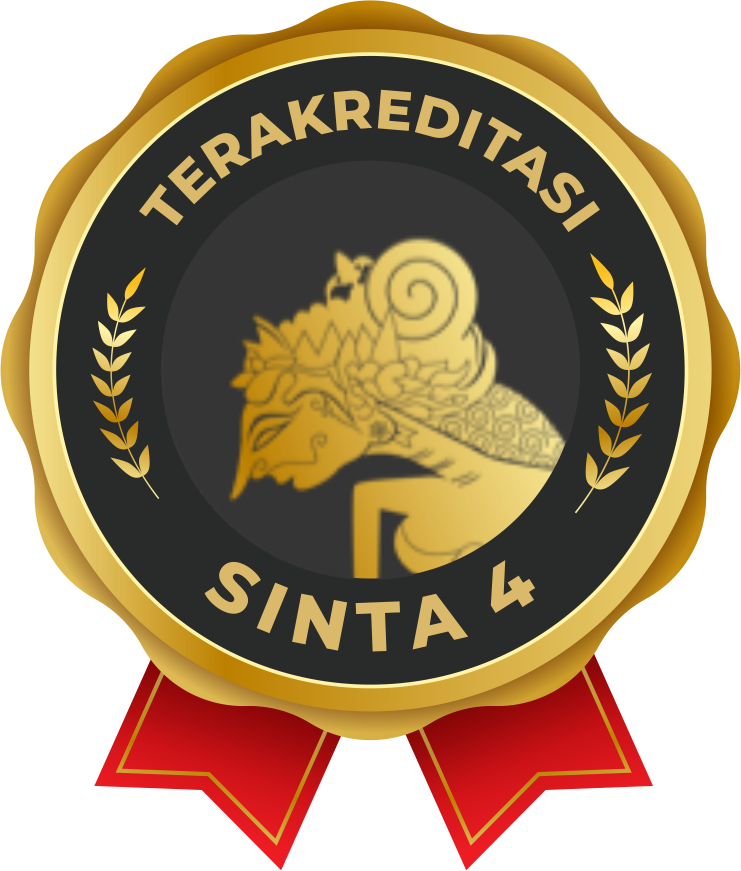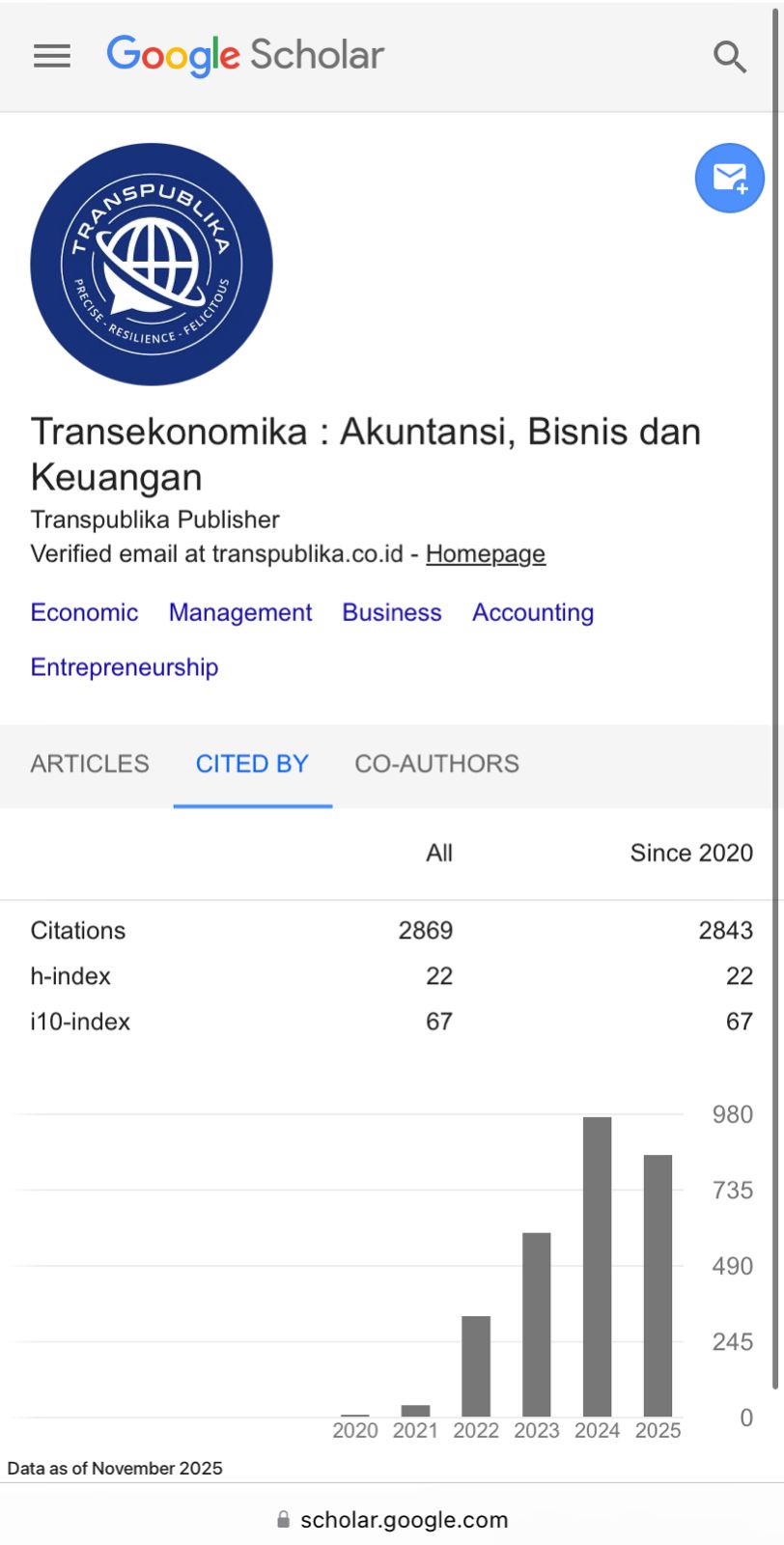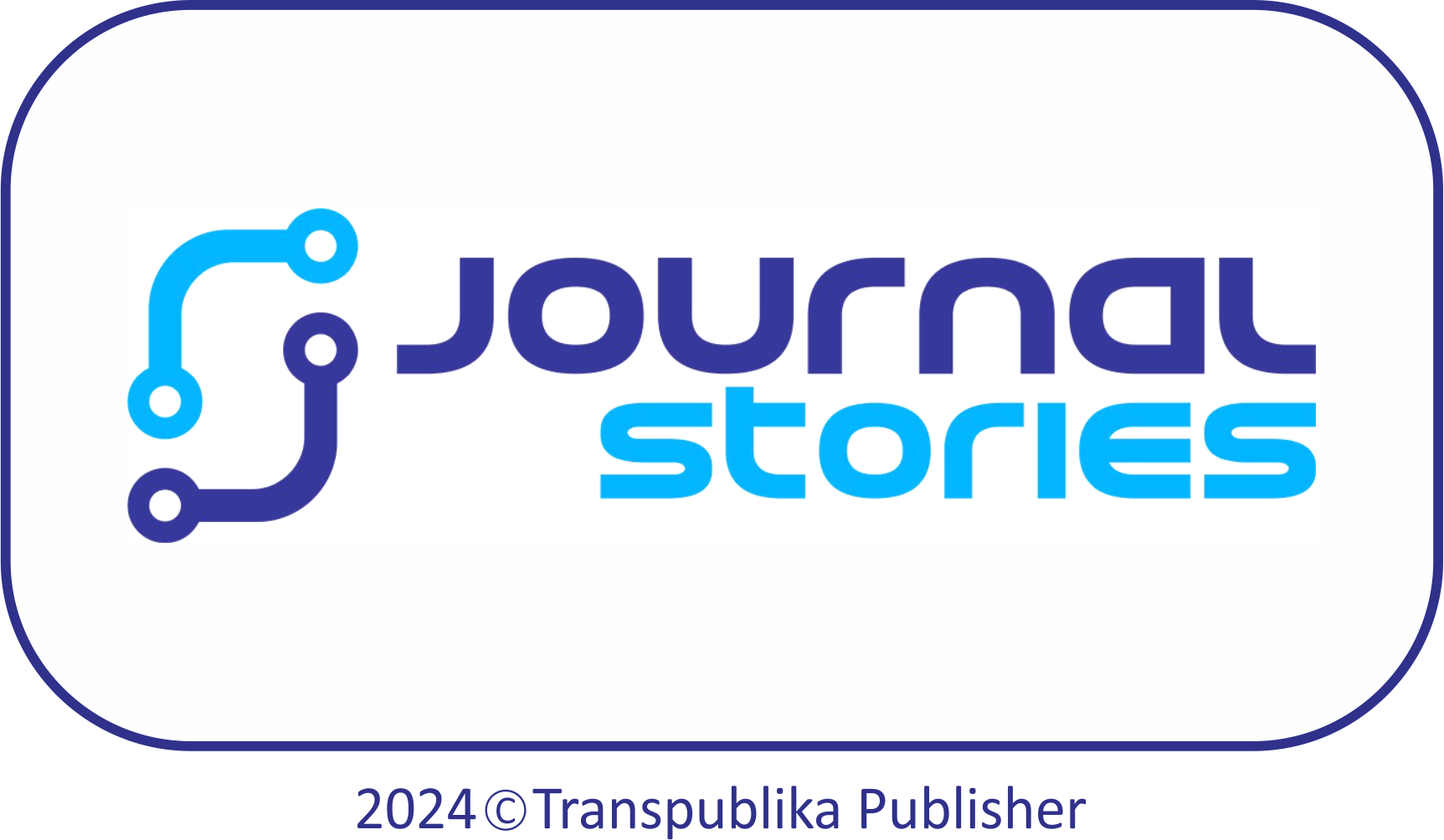ANALISIS MANAJEMEN OPERASIONAL PADA PT SINDO MANUFAKTUR INDUSTRI
Abstract
The current business environment has prompted various companies to develop strategies to stay competitive. One effective way to do this is through good operational management. PT Sindo Manufaktur Industri is a manufacturing company that specializes in mass production and contract manufacturing services for various industrial products. The company has recognized the importance of operational management and has taken steps to improve it. The objective of this research is to analyze the operational management of PT Sindo Manufaktur Industri. This study uses primary qualitative data and collects information through interviews with the company's operational manager. The research findings reveal that PT Sindo Manufaktur Industri has not implemented many good operational strategies at present, but this is not necessary as their business processes are not complex. As their business expands in the future, they can consider implementing various operational management strategies suggested by the authors of this study.
Downloads
References
Afentakis, P., Millen, R. A., & Solomon, M. M. (2007). Dynamic Layout Strategies for Flexible Manufacturing Systems. International Journal of Production Research, 28(2), 311–323. https://doi.org/10.1080/00207549008942713
Agrawal, P., & Narain, R. (2018). Digital Supply Chain Management: An Overview. IOP Conference Series: Materials Science and Engineering, 455. https://doi.org/10.1088/1757-899X/455/1/012074
Ambarwati, R., & Supardi. (2021). Buku Ajar Manajemen Operasional Dan Implementasi Dalam Industri. Umsida Press. https://doi.org/https://doi.org/10.21070/2020/978-623-6833-48-3
Bashan, A., & Kordova, S. (2021). Globalization, Quality and Systems Thinking: Integrating Global Quality Management and a Systems View. Heliyon, 7(2). https://doi.org/10.1016/j.heliyon.2021.e06161
Benjaafar, S., & Hu, M. (2019). Operations Management in the Age of the Sharing Economy: What Is Old and What Is New? Https://Doi.Org/10.1287/Msom.2019.0803, 22(1), 93–101. https://doi.org/10.1287/MSOM.2019.0803
Bortolini, M., Galizia, F. G., & Mora, C. (2018). Reconfigurable Manufacturing Systems: Literature Review and Research Trend. Journal of Manufacturing Systems, 49, 93–106. https://doi.org/10.1016/J.JMSY.2018.09.005
Chofreh, A. G., Goni, F. A., Klemeš, J. J., Malik, M. N., & Khan, H. H. (2020). Development of Guidelines for the Implementation of Sustainable Enterprise Resource Planning Systems. Journal of Cleaner Production, 244. https://doi.org/10.1016/J.JCLEPRO.2019.118655
Clougherty, J. A., & Grajek, M. (2023). Decertification in Quality-management Standards by Incrementally and Radically Innovative Organizations. Research Policy, 52(1). https://doi.org/10.1016/J.RESPOL.2022.104647
Cuandra, F., Angeline, C., Herwanto, J. F., & Putri, S. T. (2022). Penerapan Manajemen Operasional PT. Astra Honda Motor Sesuai Perspektif Teori Manajemen di Masa Pandemi. OPTIMA, 6(2), 1–13. https://doi.org/10.33366/OPTIMA.V6I2.4190
Domingues, I., & Machado, J. C. (2017). Lean Thinking in Non-profit Organizations. Green and Lean Management, 71–107. https://doi.org/10.1007/978-3-319-44909-8_4
Efendi, S., Pratiknyo, D., & Sugiono, E. (2019). Manajemen Operasional (S. E. Melati (ed.)). LPU-UNAS.
Evans, J., & Collier, D. (2007). Management Operation. UK: Prentince Hall.
Fiorentino, R. (2016). Operations Strategy: A Firm Boundary-based Perspective. Business Process Management Journal, 22(6), 1022–1043. https://doi.org/10.1108/BPMJ-06-2015-0087/FULL/XML
Fitzsimmons, J. A., & Fitzsimmons, M. J. (2011). Service Management: Operations, Strategy, Information Technology (7th ed.). McGraw-Hill.
Foster, S. T., & Gardner, J. W. (2023). Managing Quality: Integrating the Supply Chain (7th ed.). John Wiley & Sons, Inc.
Goldstein, S. M., Ward, P. T., Leong, G. K., & Butler, T. W. (2002). The effect of location, strategy, and operations technology on hospital performance. Journal of Operations Management, 20(1), 63–75. https://doi.org/10.1016/S0272-6963(01)00081-X
Handoko. (2015). Manajemen Sumber Daya Manusia. Pustaka Setia.
Heizer, J., Render, B., & Munson, C. (2017). Operations Management: Sustainability and Supply Chain Management (12th ed.). Pearson Education, Inc. https://ndupress.ndu.
Herjanto, E. (2007). Manajemen Operasi (11 Edition). PT Gramedia Widia Sarana.
Krajewski, L. J., & Malhotra, M. (2013). Operations Management : Processes and Supply Chains (10 edition). Pearson Education.
Luo, H., Lin, L., Chen, K., Antwi-Afari, M. F., & Chen, L. (2022). Digital Technology for Quality Management in Construction: A Review and Future Research Directions. Developments in the Built Environment, 12. https://doi.org/10.1016/J.DIBE.2022.100087
Maganha, I., Silva, C., & Ferreira, L. M. D. F. (2019). The Layout Design in Reconfigurable Manufacturing Systems: A Literature Review. International Journal of Advanced Manufacturing Technology, 105(1–4), 683–700. https://doi.org/10.1007/s00170-019-04190-3
Martono, R. V. (2018). Manajemen Operasi: Konsep dan Aplikasi. Salemba Empat.
Mišić, V. V., & Perakis, G. (2019). Data Analytics in Operations Management: A Review. Manufacturing & Service Operations Management, 22(1), 158–169. https://doi.org/10.1287/MSOM.2019.0805
Nirmala, D. A. R., Kannan, V., Thanalakshmi, M., Gnanaraj, S. J. P., & Appadurai, M. (2022). Inventory Management and Control System Using ABC and VED Analysis. Materials Today: Proceedings, 60, 922–925. https://doi.org/10.1016/J.MATPR.2021.10.315
Peinado, J., Graeml, A. R., & Vianna, F. (2018). Operations Management Body of Knowledge and its Relevance to Manufacturing and Service Organization. Revista de Gestao, 25(4), 373–389. https://doi.org/10.1108/REGE-03-2018-0049/FULL/PDF
Pujawan, I. N., & Geraldin, L. H. (2009). House of Risk: A Model for Proactive Supply Chain Risk Management. Business Process Management Journal, 15(6), 953–967. https://doi.org/10.1108/14637150911003801/FULL/XML
Radziwill, N. (2018). Let’s Get Digital: The Many Ways the Fourth Industrial Revolution is Reshaping the Way We Think About Quality. ArXiv. https://arxiv.org/ftp/arxiv/papers/1810/1810.07829.pdf
Rhiat, A., Chalal, L., & Saadane, A. (2022). A Smart Warehouse Using Robots and Drone to Optimize Inventory Management. Lecture Notes in Networks and Systems, 358, 475–483. https://doi.org/10.1007/978-3-030-89906-6_32/COVER
Robert Dan Reid, N. R. S. (2013). Operations Management: An Integrated Approach. Wiley.
Saleem, A. (2020). Automated Inventory Management Systems and Its Impact on Supply Chain Risk Management in Manufacturing Firms of Pakistan. International Journal of Supply Chain Management, 9(3), 220–231. https://ojs.excelingtech.co.uk/index.php/IJSCM/article/view/3435
Schilling, M. A., & Hill, C. W. L. (1998). Managing the new product development process: Strategic imperatives. IEEE Engineering Management Review, 26(4), 55–68.
Segelström, F., & Holmlid, S. (2011). Service Design Visualisations meet Service Theory: Strengths, Weaknesses, and Perspectives (pp. 1–18).
Setiawan, F. (2012). Usulan Perancangan Tata Letak Fasilitas pada Perluasan Pabrik CV Sinar Albasia Utama [Universitas Atma Jaya Yogyakarta]. http://e-journal.uajy.ac.id/7122/
Stevenson, W. J. (2009). Management Operation. UK: Prentince Hall.
Tampubolon, M. P. (2018). Manajemen Operasi dan Rantai Pemasok. Mitra Wacana Media.
Tristianto, C. A., & Lukmandono. (2021). Perencanaan Persediaan Bahan Baku Menggunakan Metode Material Requirement Planning di PT. XYZ. Prosiding SENASTITAN: Seminar Nasional Teknologi Industri Berkelanjutan, 1(1), 386–393. http://ejurnal.itats.ac.id/senastitan/article/view/1664
Copyright (c) 2023 Fiona, Jocelyn Theophilia, Shely Juniarty, Benwanto Ardiyano, Sherina Romaito Br Hutagaol, Fendy Cuandra

This work is licensed under a Creative Commons Attribution 4.0 International License.








.png)







.png)


.png)

.png)















